Hot showers when sailing or on a mooring
Hot water is can only be generated by 230 volt (shore power or generator) or, by running the port side engine. In that case the warm cooling water from the engine heats up your boiler water. But what if you are sailing or on a mooring?
The electric heating element of the boiler is 750 watts only. So, running the generator with just that laod is a problem (generator needs to be loaded 60-70%). Running the port engine when I am sailing 9 knots is also weird.
So I installed a Webasto water heater that runs on diesel. It is 5.2 kW and uses half a litre diesel per hour. The solution is great, although I should have bought a larger unit because it can also be used for running a heater system through the boat. We now have warm water within 10 minutes with the flip of a button and can have a warm shower until the water tank is empty.
But a little warning: this was my most frustrating installation job so far…..
To begin with, the existing water boiler needed to be replaced by a model that has an extra spiral for the Webasto heater to warm up the water. The unit looks exactly the same as the original one in the boat, but it has two extra connections. To take the existing boiler out, you need to remove the steel platform above the engine. You then have just enough space, to disconnect the old boiler and to remove it. The new one has the same size so it fits on the existing cradle. Sounds easy but……the hot water connection is in a different location on the new boiler. If you have some extra Hep2O tubing and a disconnect tool on board, then you can easily reroute the tubing in a few minutes. But of course I did not have that. It is possible to disconnect the tubing by pushing in the locking-ring with two screwdrivers and pulling out the tube simultaneously, but that requires three hands…..It is not difficult to convince the first mate to give that extra hand, in return for unlimited warm showers, but there is no room for two people to do boat yoga aft of the engine at the same time. At least not at our age. But with a lot of patience I finally managed to do it by myself. I did not have liquid gasket material on board and used Teflon tape in stead. Not a good idea….After another round of boat yoga, it was all disconnected again and ready for the application of liquid gasket. With the right tools, this part of the job will take half a day. With all the connections back in place and the gasket cured, the on board water system can be used as normal again. The rest of the installation can be done another time. Well that was the easy part.
There are several location options to fit the heater, but I finally decided to install it on a wooden panel above the boiler. The nice thing about this is, that you can do all the preparatory installation work on a work bench and then put the whole thing in place. The expansion tank comes nicely with the hose fittings in place. It is a matter of cutting the tubing to the correct length and fit them all with hose clamps. Before making the electrical connections I filled the heater system with engine coolant. The pre-installed hose connections however, were not pre-installed. They were just screwed in and leaked. Out the coolant, liquid gaskets on the hose connectors and time for some wine to wait for the gasket to dry. Coolant back in the next day, ready for the electrical connections.
Webasto provides an installation booklet but it tells you only how to install the unit in a car. Obviously the Scandinavians use these units to heat up their car and engine before they leave house on a winters day. After some phone calls, emails with pictures, more phone calls, I found out that two of the connection could be skipped for a boat installation. There is a small booster diesel pump that can be connected to the engine diesel filter. Not too much of work, but I was not sure if this could be done. So far this has worked fine. The alternative is to run an additional fuel hose from the fuel tank (there are spare connections) and add a filter.
When commissioning the heater for the first time, there is no fuel in the fuel line and air trapped in the hot water hoses initially. To prevent damage, the electronic protection unit kicks in. Great, but no information on how to reset the unit. Another phone call…technician not in the office. Please call tomorrow. Time for wine.
The next day, yes you can reset the unit:
- switch unit on
- switch main power off
- switch unit off
- switch main power on
- switch unit on
- wait….
- and again
- and again….
Finally it stayed on and has worked faultless ever since.


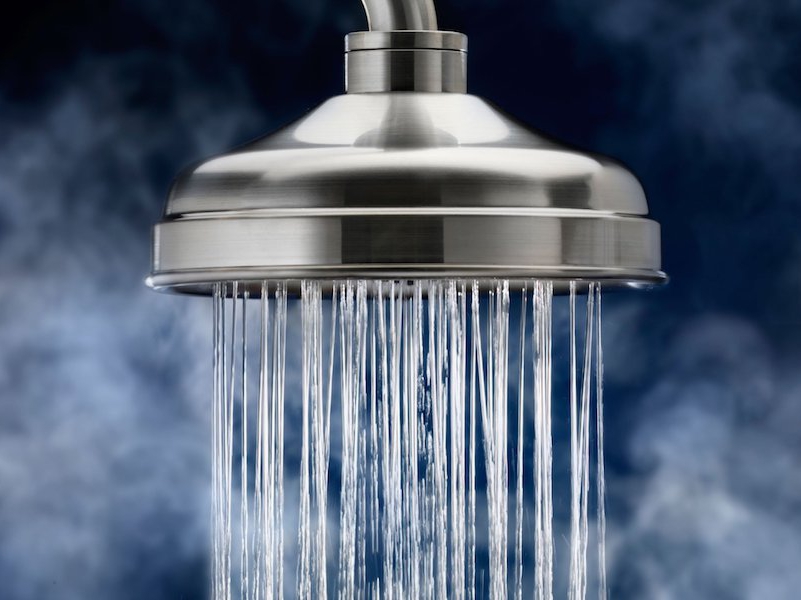

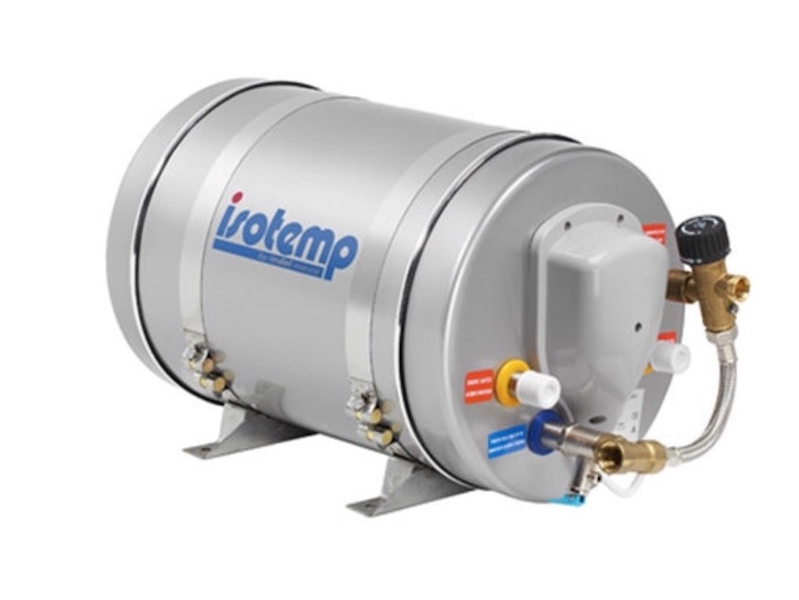
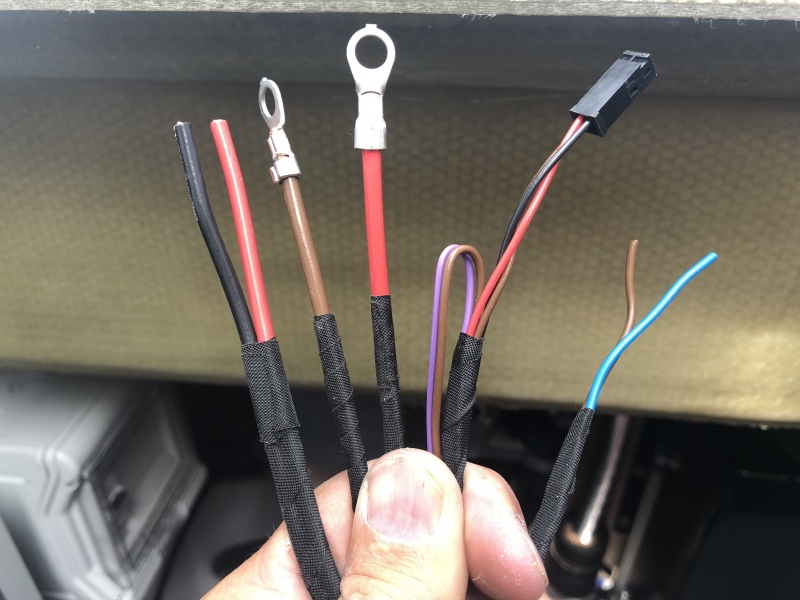
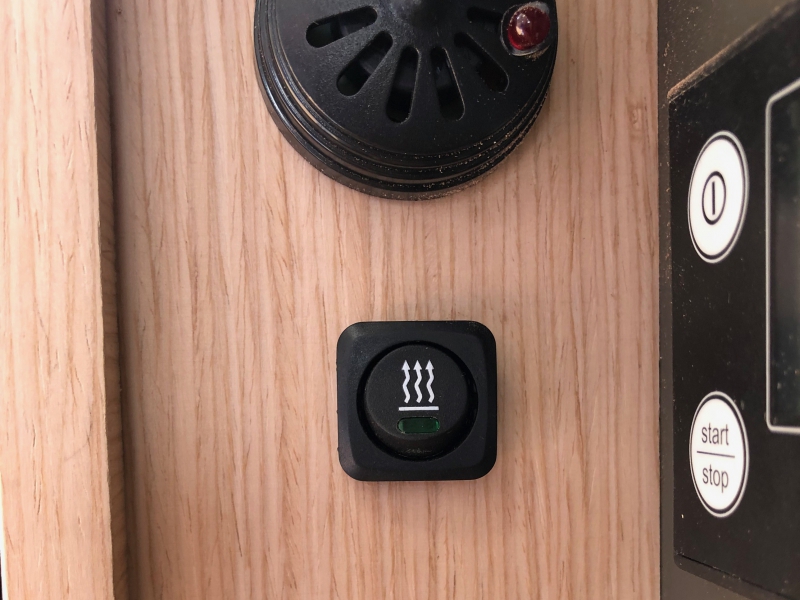
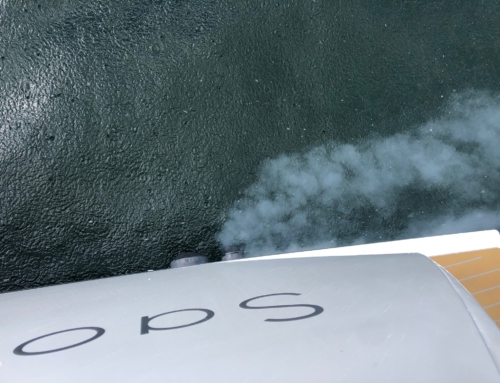
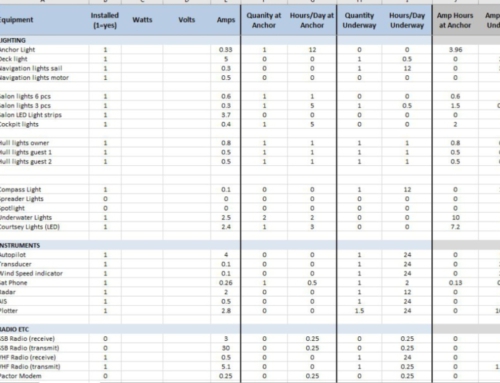
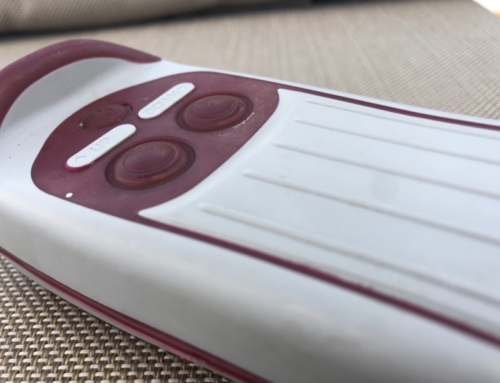
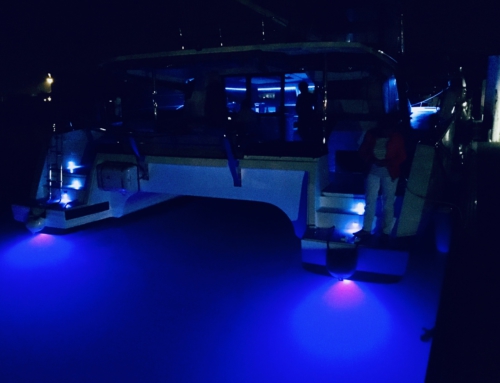
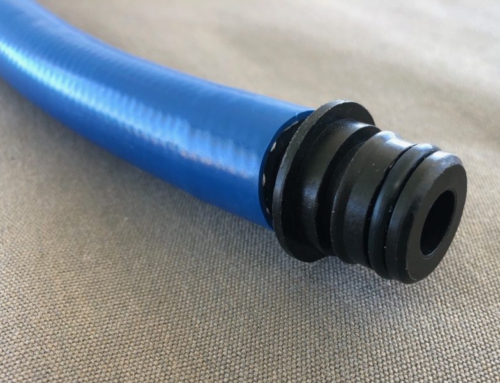
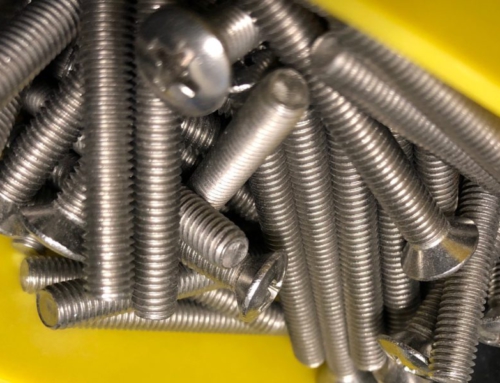
Robbert, thanks so much for documenting all your projects, very useful as I spec out my new Nautitech 46 open. Had a question, did you look at powering the existing heating element through the inverter? I am guessing at 750W the draw on the batteries would be a lot but may only need 30 mins to heat up the water. I am debating this versus installed a heater like yours.
Hi Chet,
30 minutes at 750 Watt would add up to 31 Ah. That would be 5% of my available Ah. Assuming 30 minutes is enough.
The thought about the diesel heater started when we had the boat in Holland during the winter.
We could shower just 8 minutes with a boiler with warm water on shore power.
The diesel heater is 5200 Watt, so heats up much quicker and elongates the time to shower immediately.
I also considered a second boiler, which I believe was a factory option suggested for the 5 cabin version.
But I did not want to loose that space as I planned to build in my scuba compressor there.